Few things are more frustrating in lawn care than the resilience of weeds. All weeds are a nuisance, but summer lawn weeds seem particularly difficult to control. The hot and dry weather typically means your grass has extra stress and may not be at its healthiest. That can make it easier for summer weeds to begin popping up and taking over.
Unfortunately, summer weeds tend to be hardy and can thrive even when growing conditions are not optimal. They can also spread rapidly. If you don’t get them under control, they can really take over a property in only a short amount of time.
Let’s take a look at some of the most notorious summer lawn weeds.
Common Summer Lawn Weeds
While this is not an exhaustive list, and it varies by location, the following are some of the most common and troublesome summer weeds.
1. Crabgrass
This grassy weed is both aggressive and difficult to control and grows in unsightly clumps, spreading to take over large areas of lawns. Crabgrass tends to pop up in thinned out areas of the lawn and is known to sneak in areas of the lawn that have been scalped by a trimmer.
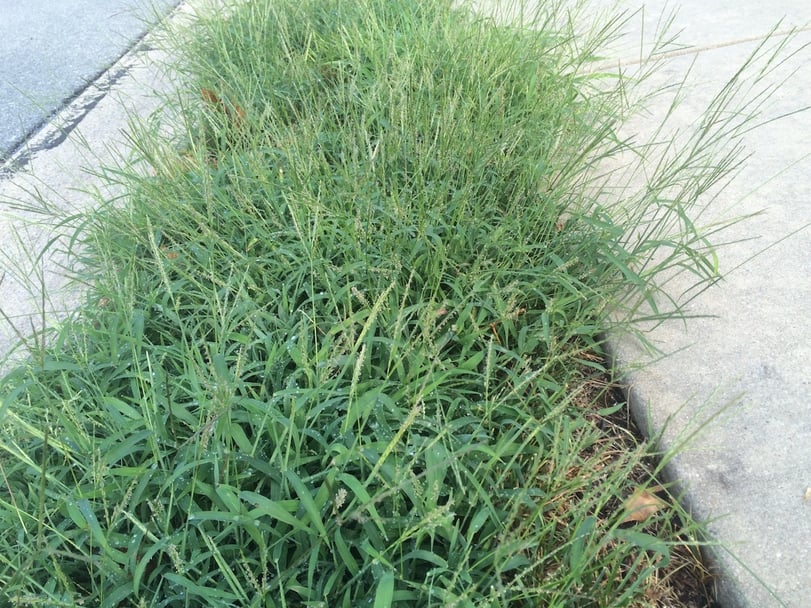
Crabgrass control applied as a pre-emergent in early spring, along with post-emergent spot-spraying throughout summer is the best remedy.
2. Oxalis
This low-growing summer lawn weed is often mistaken for clover because of its green, heart-shaped leaves, which turn to a burgundy color later in summer. This perennial produces yellow flowers and can thrive in both shade or sun. This pesky weed is a prolific seeder and will take over lawns easily. It’s also one of the most hard-to-control broadleaf weeds.
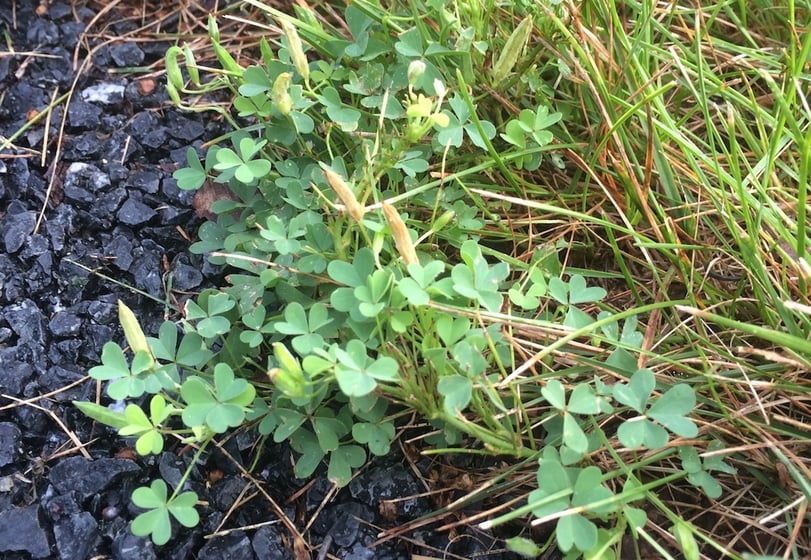
It takes repeated efforts, sometimes for a number of years to get rid of Oxalis. Spraying this weed with broadleaf weed controls, after it emerges, is the only plan of attack.
3. Black Medic
This broadleaf summer weed may also be confused with clover—or could even be confused with Oxalis since both have heart-shaped leaves and yellow flowers. The identifying difference is that the leaf stem of Black Medic’s center leaf is slightly longer. As its yellow flowers mature, they form a black seedpod, giving this summer weed its name.
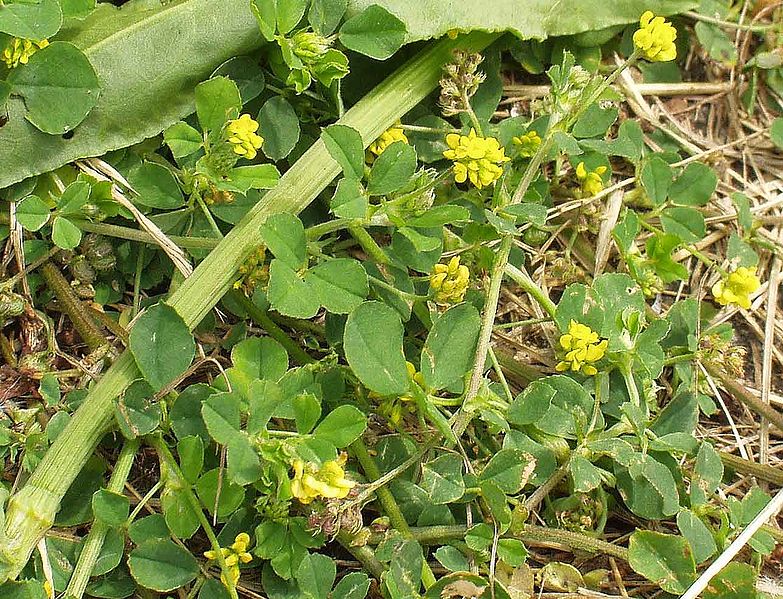
Black Medic can be controlled by spot-treating areas with broadleaf weed control in the summer months.
4. Plantain
Broadleaf Plantain and Buckhorn Plantain are the two common types of plantain found in summer lawns. They are similar, with the exception of Buckhorn Plantain’s leaves being more long than wide.
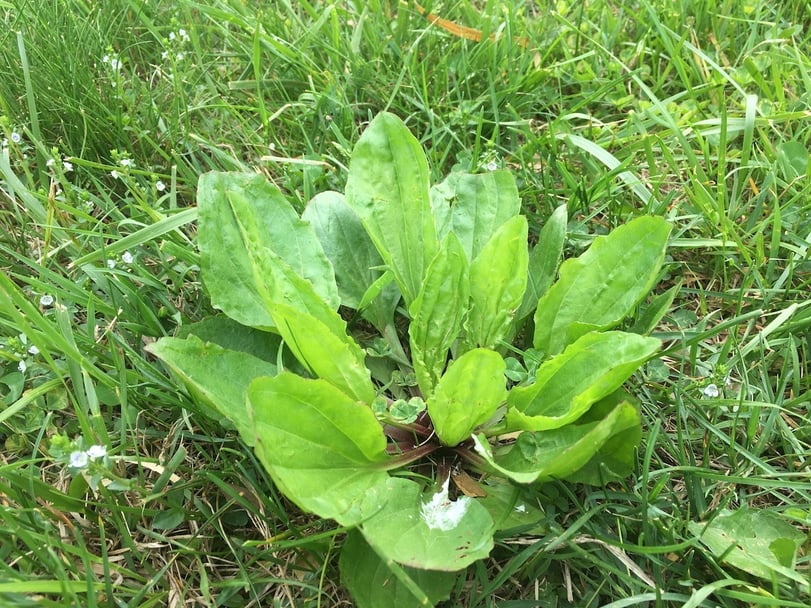
Both are troublesome, unsightly, and thrive in compacted soil. Plantain has thick roots and while this summer lawn weed prefers sun, it has been known to adapt to shady conditions.
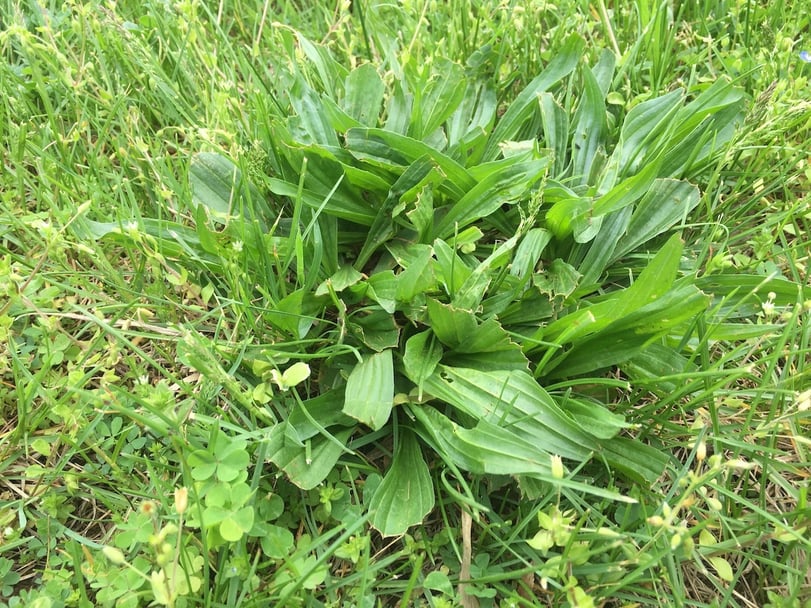
Summer weed control applications with a selective broadleaf herbicide will help to get rid of this weed in your lawn.
5. Nutsedge
This pesky grassy perennial tends to prefer moist areas of your lawn and can grow rapidly in warm weather. Nutsedge (sometimes called nutgrass) reproduces via underground tubers, often referred to at “nutlets,” hence its name.
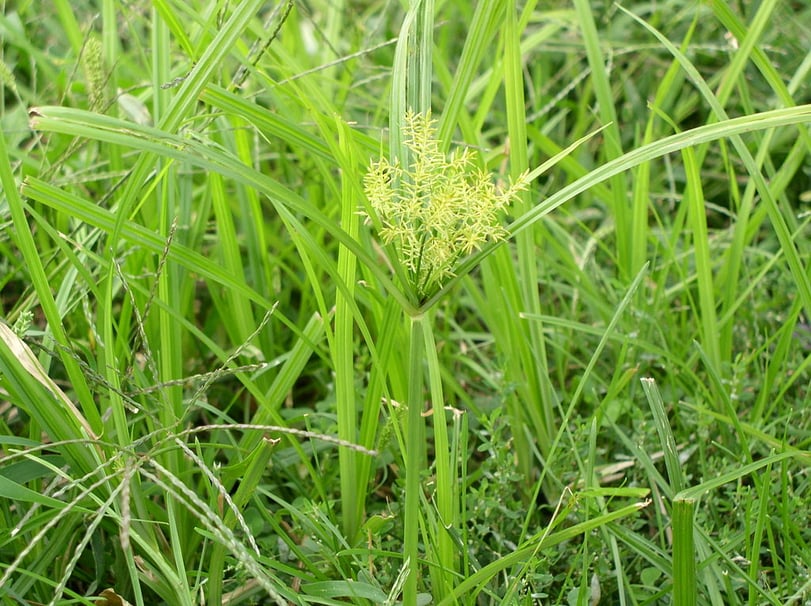
This grassy weed can be managed with weed controls specially designed for its control, broadleaf herbicides will not help. The material should help it disappear for a short time, but repeated applications may be required on this aggressive grower.
6. Ground Ivy
This perennial summer weed is characterized by the way it “creeps” over lawns. Ground Ivy features square stems that generate leaf clusters and purple flowers that appear shortly after it emerges in late spring.
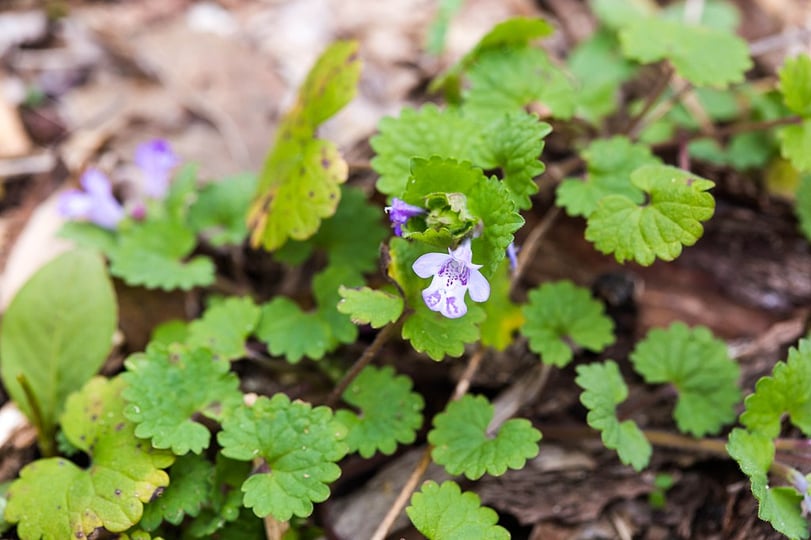
Unsurprisingly (because of its name), it can spread rapidly. This broadleaf weed will take repeated applications, possibly for a number of years, to get under control.
7. Spotted Spurge
This low-growing and aggressive summer weed tends to grow in clumps or “mats.” It is characterized by its red and sometimes “hairy” stems as well as its small, oval-shaped leaves.
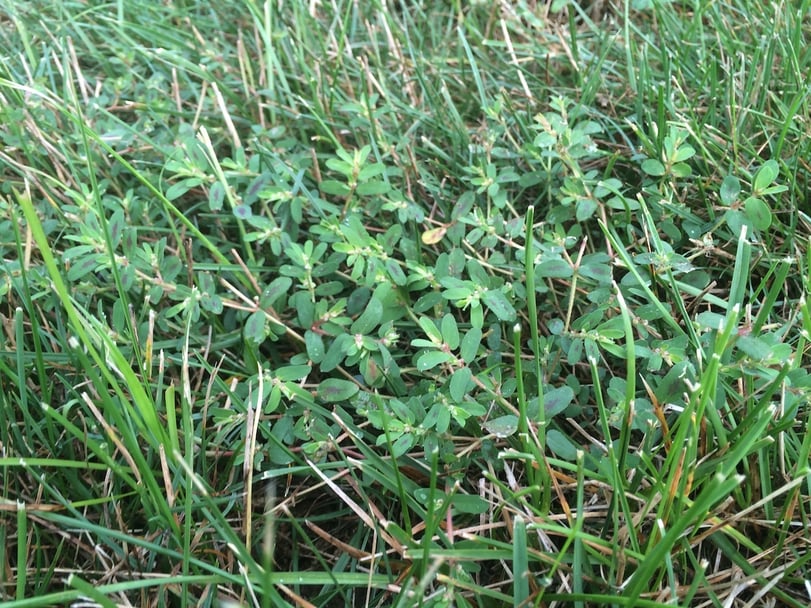
It most commonly grows in compacted, thinner areas of lawns, and can be controlled with selective, broadleaf weed control materials.
Summer Weed Control Services
Getting pesky summer weeds under control will prevent them from taking over your lawn. While weed control products will help target and knock out these annoyances, good lawn care practices will also make a big difference. That’s because there is no better natural defense against weeds than a thick lawn. A robust and healthy lawn will naturally choke out weeds and prevent them from growing in the first place.
Keeping up with regular mowing and watering are important aspects of maintaining a healthy lawn and therefore beneficial in preventing weeds. There are also some weed control steps your lawn care company should be taking to ensure they’re keeping summer weeds at bay.
While there are a lot of lawn care companies, they certainly do not all handle weeds the same way. The best lawn care companies are focused on weed control tips and tricks that others won’t bother to follow through on.
At Joshua Tree, we take a customized approach to lawn care and are ready to address summer lawn weeds with the best possible control methods. If you’d like to hear more about how we can tackle summer lawn weeds, contact us for a free consultation or feel free to give us a call at 833-583-8733 so that we can answer your questions.
Image Sources: Black Medic, Yelllow Nutsedge, Ground Ivy





